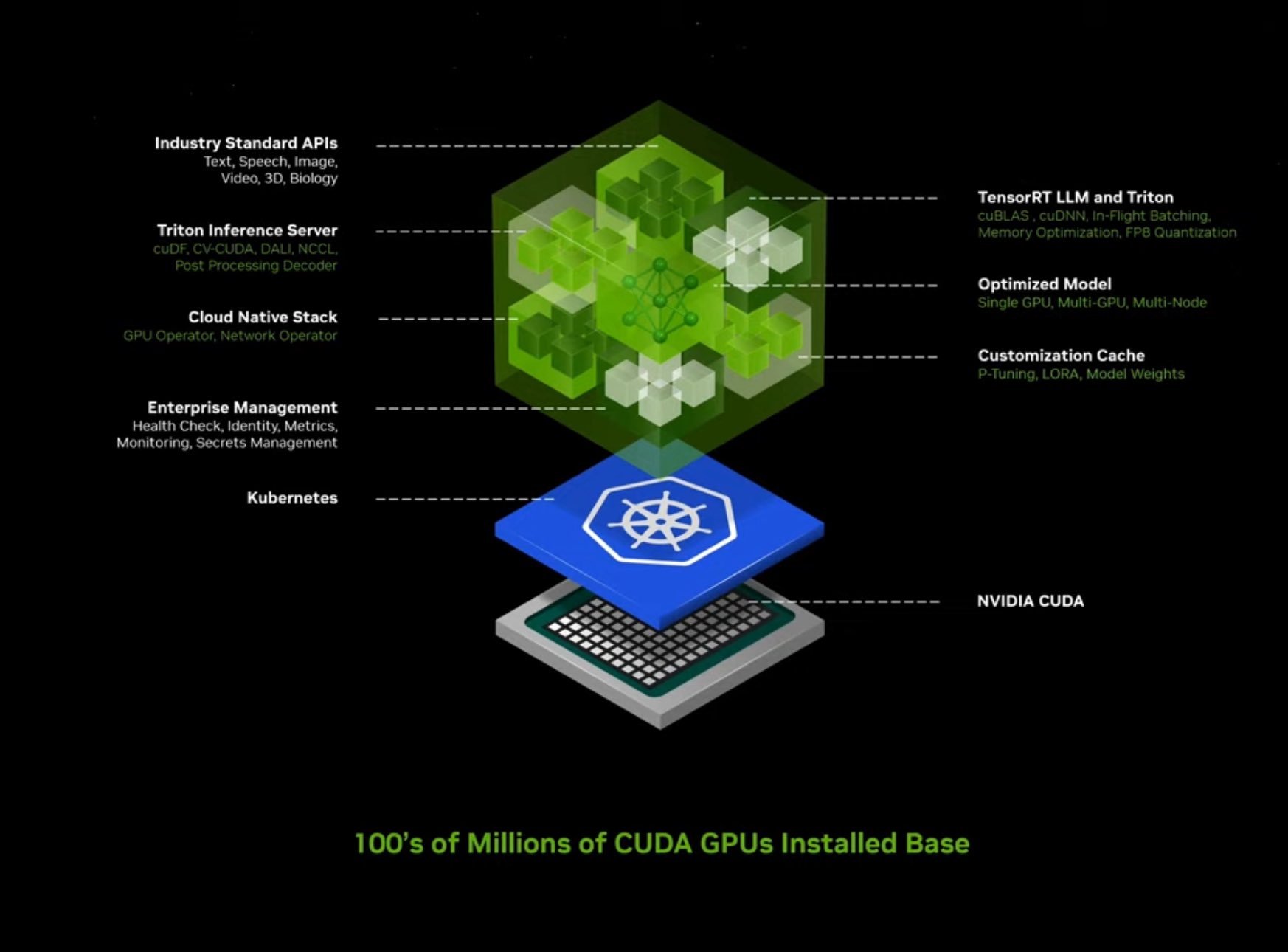Top 5 Takeaways From KubeCon Europe 2024
Published on March 28, 2024, | 2 Min Read
KubeCon Europe 2024 took place in Paris last week. It was the largest KubeCon ever according to the Cloud Native Computing Foundation (CNCF) executive director Priyanka Sharma with more than 12,000 participants. The conference featured keynotes and sessions highlighting the latest innovations and trends in the cloud native ecosystem. Here are the top 5 takeaways : 1. Platform Engineering
API platforms and intelligent agents dominated the innovation agenda. As companies look to modernize their technology stacks and accelerate digital transformation, building robust platforms and API strategies on top of cloud-native infrastructure will be critical.At the event, there were many sessions about Internal Developer Platforms (IDP), how they should be built, and the value of having them as the foundation for the different types of applications in the enterprise including AI workloads. 2. Cloud-Native Technologies Maturity
This year, the Kubernetes project is entering its 10th year with record adoption. There is no doubt that cloud-native technologies today are making platforms more resilient and stable, as evidenced by their adoption by major brands like Adidas, Disney, and Spotify. Tech leaders should take note of the maturing cloud native ecosystem and its potential to improve the reliability and scalability of their platforms. It is a wise idea to take advantage of all those investments in cloud-native as a foundation for future innovations such as AI/ML. 3. Cloud-Native + AI = Better Together
As many companies in finance and insurance are exploring AI/ML use cases from fraud detection to algorithmic trading, they will need to ensure their underlying infrastructure can handle the data and compute requirements. Today, solution providers are already using or going to use Large Language Models or LLMs to make sense of the vast telemetry data related to applications and infrastructure to better assist practitioners in troubleshooting, triaging, and resolving issues. This can be as simple as having a chatbot to answer questions and guide the end-user or doing the detection, analysis, and resolution. More than five thousand miles away, many tech leaders, practitioners, and journalists were gathering at the GPU Technology Conference (GTC) by NVIDIA to learn more about the company’s new platforms, technologies, and software powering the AI era. At GTC, Jensen Huang, CEO of NVIDIA, introduced the NVIDIA Interference Microservices (NIM), a set of pre-trained models that can be consumed from different cloud providers, platforms, and of course Kubernetes. Another testament to Kubernetes' ubiquity and elasticity to integrate nicely with hardware and platforms that are powering the AI era. A few days before KubeCon Paris, CNCF published a whitepaper entitled Cloud Native Artificial Intelligence Whitepaper highlighting that Cloud Native is the engine behind the AI stage and covering the many challenges and gaps that are going to emerge and the opportunities to innovate. 4. Workload Complexity is Causing Security Headaches
With the proliferation of microservices, containers, and serverless functions, securing and governing access becomes extremely challenging. Tech leaders will need to prioritize solutions that enable granular and policy-based access control.5. The Community Continues to Expand Globally
With KubeCon attracting its largest-ever audience, it’s advisable to tap into this vibrant ecosystem to learn best practices, collaborate with peers, and stay on top of emerging trends. Participating in the CNCF and related open-source communities can accelerate cloud-native adoption.In summary, KubeCon Europe 2024 showcased the innovation happening across the cloud native landscape, with key themes around platform engineering, AI/ML, security, and community building. BFSI tech leaders should leverage cloud-native approaches to drive agility, reliability, and cost efficiency as they navigate their digital transformation journeys. The modern banking and insurance sectors require nothing less than world-class, enterprise-grade infrastructure - and the cloud native ecosystem is rising to the challenge.

